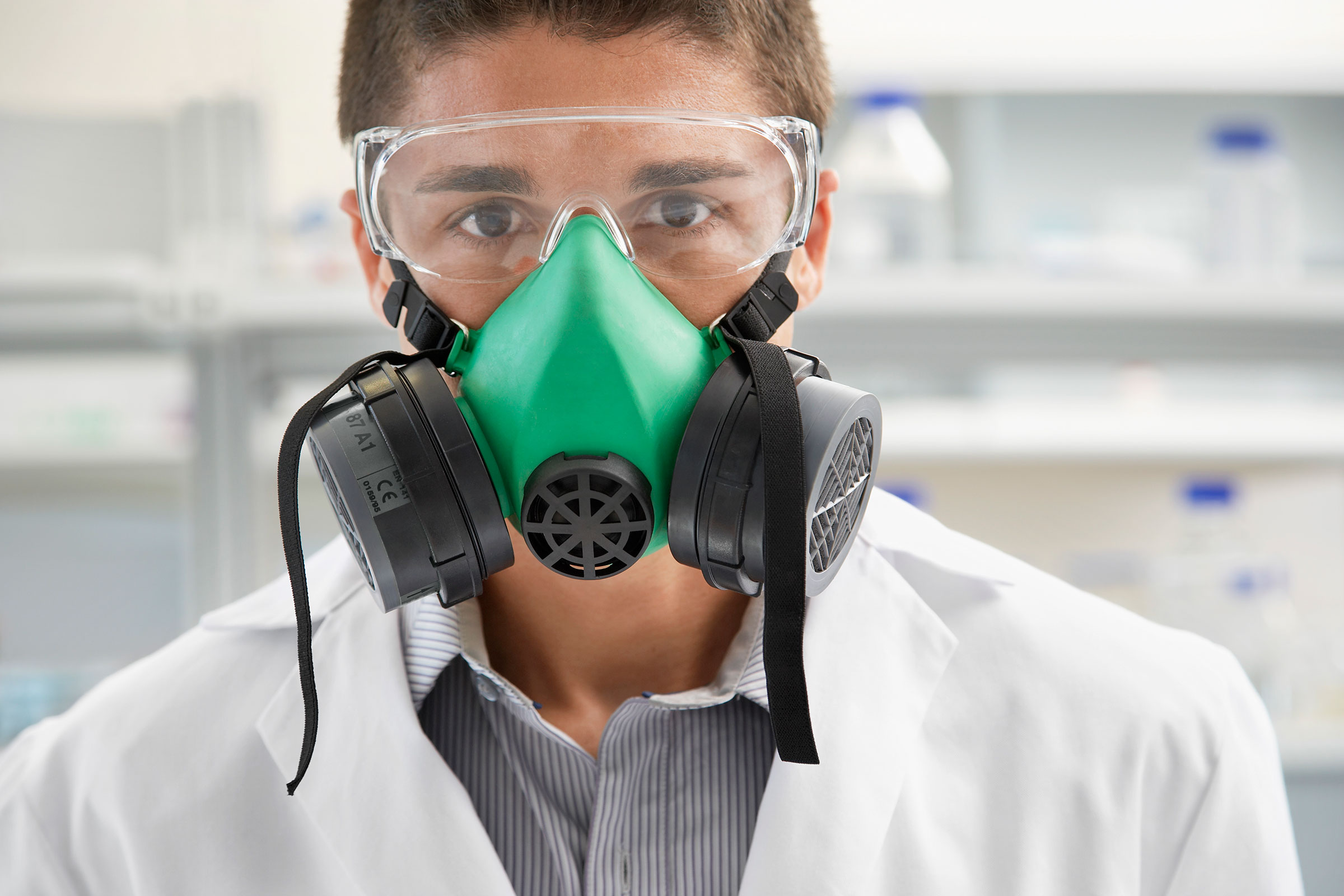
24 Oct Infection Control Basics
Infection prevention and control was formerly known simply as ‘infection control,’ although the ‘old’ moniker seems to be sticking around. The name morphed to better establish the emphasis on prevention, which is the true work of this field. As we all know, it is much better to prevent than to treat an illness or an infection.
That’s the fundamental premise of infection prevention: reducing the risk of giving a patient more than they bargained for (a healthcare-associated infection or HAI) when seeking healthcare in any setting.
These simple words hide the scope and breadth of an infection prevention and control program and what is accomplished to prevent the transmission or spread of organisms to patients, staff, and others.
Why Hospitals Need Infection Control Programs
The Centers for Disease Control and Prevention has estimated that the US healthcare system causes an infection in about 1 out of every 31 hospitalized patients. That’s an enormous number of patients that are debilitated due to something that is largely within the control of healthcare.
To combat this problem, healthcare facilities have developed infection control programs to focus on the most important potential infections or risks to patients. Let’s face it; healthcare facilities are breeding grounds for microorganisms that can be found practically anywhere. Clinical surfaces, environmental surfaces, and even healthcare workers can all transmit infections to patients.
Infection control uses evidence-based practice and national or professional society guidelines as the core of the repertoire to help healthcare personnel prevent transmitting pathogenic organisms to patients.
Some of the well-known practices include:
- Hand hygiene
- Environmental cleaning
- Disinfection and sterilization of instruments and endoscopes
- Implementing specific bundles of activities that have been proven to prevent specific types of infections
Hand Hygiene
The easiest and least expensive method to prevent the transmission of infection to patients is hand hygiene. This can be accomplished with soap and water or by using an alcohol-based hand rub. According to the literature, the most effective alcohol-based hand rubs contain a minimum of 65% alcohol. Be sure to evaluate the alcohol content if your facility is contemplating switching products.
Environmental Cleaning
Environmental Services (EVS) Technicians are a vital part of any infection control program since these are the people who ultimately ‘debug’ your facility. EVS technicians are one of the unsung heroes of any infection prevention program. These technicians go unnoticed and seemingly always function ‘in the background’ as they go about cleaning and disinfecting every nook and cranny of the facility. Studies have indicated that a hospitalized patient is more likely to acquire a healthcare-associated infection if the previous patient assigned to that room had an infection. This underlines the importance of thorough environmental cleaning and disinfection.
Disinfection/Sterilization
One of the focus areas of surveyors is instrument sterilization and/or high-level disinfection. The Spaulding classification system can assist in figuring out what level of processing is needed for a particular item. Low or intermediate-level disinfection is appropriate for things that only contact intact skin such as blood pressure cuffs, a treatment table, or hospital bed, which are known as non-critical items. Items that come into contact with non-intact skin or mucous membranes should be sterilized if that is possible.
However, if the item can’t withstand sterilization, the best option which kills most organisms except some spores and prions is high-level disinfection. High-level disinfection is a method of soaking medical and dental instruments and devices in a chemical solution that has been validated to kill organisms within a certain time period. Finally, critical items – those that contact sterile tissue or the vascular system – must be sterilized. The most common and expensive sterilization method is steam sterilization, although there are multiple different types of sterilization used today.
Bundle Prevention
Using ‘bundles’ to decrease a specific type of infection is a common practice in most acute care facilities. A bundle is comprised of a set of activities that, when used together, have been proven to decrease infection. The bundle approach is most commonly used in acute care hospitals to prevent ventilator-associated pneumonia, catheter-associated urinary tract infection (CAUTI), and central line-associated bloodstream infection (CLABSI).
Other Infection Control Programs
Some other important functions of the infection prevention program aren’t quite as obvious as those already discussed. These include participating in the product evaluation committee to ensure any products or devices brought into the facility meet basic infection prevention and control requirements such as the ability to be easily cleaned with the available resources.
Another less-known role includes participating in construction and renovation activities. The infection preventionist should be incorporated into the initial planning stages of any such project to prevent having to add or delete things after installation. For example, the placement of handwashing sinks for staff to use is a critical and frequently overlooked issue. Mitigation of the risks posed to patients by the actual construction activities such as dust production is another aspect to this role. The infection preventionist, along with the engineering department, will determine the amount of risk caused by the project and the best methods to prevent transmission of infection to patients, visitors, and staff during construction and renovation.

